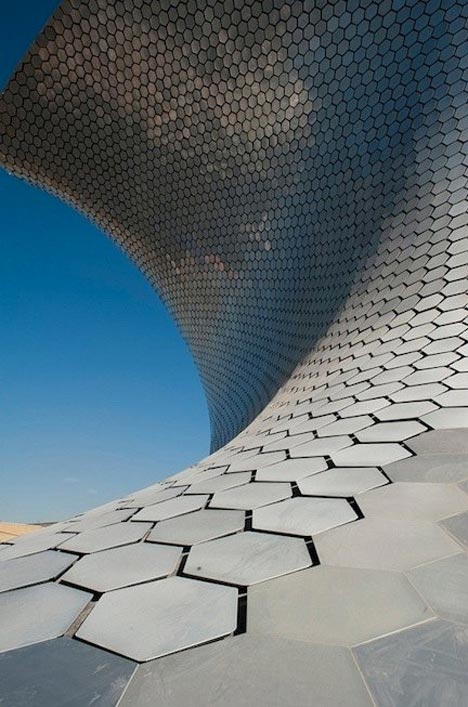algorithmic modeling for Rhino
Hi there,
I'm currently trying to make a relaxation process for plate structures (polygons), using different kinds of forces. But one important thing is keeping all polygons planar, no matter how many vertices they have.
For hexagons, I tried using three planarity components, which worked but looks kind of ugly. I also know that in maya I once saw pentagons, which automatically stayed planar by applying springs between opposing vertices, maybe that's another method.
Views: 3372
Replies to This Discussion
-
Hi Oliver,
I've just recently added planarization for polygons of any number of edges, and it is working nicely.
I will post the public release soon.
-
-
Awesome! Thanks Daniel!
Another idea: What about being able to set the bending restrain to a specific angle?
Cheers,
Oliver
-
-
Hi Oliver,
I believe this is also added in the next version:
http://smartgeometry.org/index.php?option=com_community&view=gr...
Mårten
-
-
thats just amazing! I'm so much looking forward to the next release!
-
-
Hi Daniel,
Is this on the street yet?
I think with a dualized tri mesh it would be fun to planarize the hexes to model this...
Although from the looks of it there's still a bit of fishscaling going on. I believe the panelization was done by GT.
Viva la mexico!
http://www.dezeen.com/2011/04/28/museo-soumaya-by-free-fernando-rom...

-
-
Hi Taz,
I'll try and get a release of this out in the next few days.
By the way, Daniel Davis recently shed some interesting light on that project:
http://www.grasshopper3d.com/forum/topics/kmeans-1?commentId=298522...
From the little I've played around with it so far, it seems that the surfaces which can be tiled watertight by planar convex hexagons are quite tightly constrained. I believe more interesting things are possible if you allow the hexagons to become non-convex in regions of negative gaussian curvature, but I've not tried this yet.
To tile surfaces with genus≠1 also needs some non hexagonal faces (heptagons, pentagons etc) and how best to place these is a really challenging question. As you suggest though, it is sometimes easier to tackle this issue of the singular vertices on the triangular mesh and then dualize it.
-
-
I'll have to see what Daniel was up to... Thanks for the link.
By "non-convex" do you mean "concave"?
This is a link with some construction images and GT screenshots. I think that's where I figured they were using a triangular base mesh since the substructure is all triangulated.
http://www.designboom.com/weblog/cat/9/view/11789/soumaya-museum-by...
-
-
Non-convex like this:
From Wenping Wang and Yang Liu's paper:
http://research.microsoft.com/en-us/um/people/yangliu/publication/a...
-
-
Ah yes, they work with Pottmann...
-
-
Hi Daniel,
I’m also really interested in using the Planarity component with hexagons, did you get a chance to release an example of this? I can’t seem to work it out myself.
Cheers
Iain
-
© 2025 Created by Scott Davidson.
Powered by
![]()